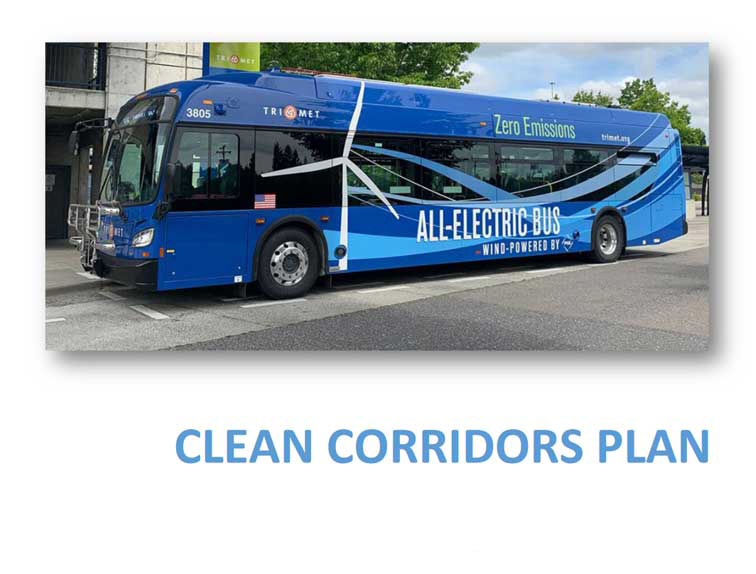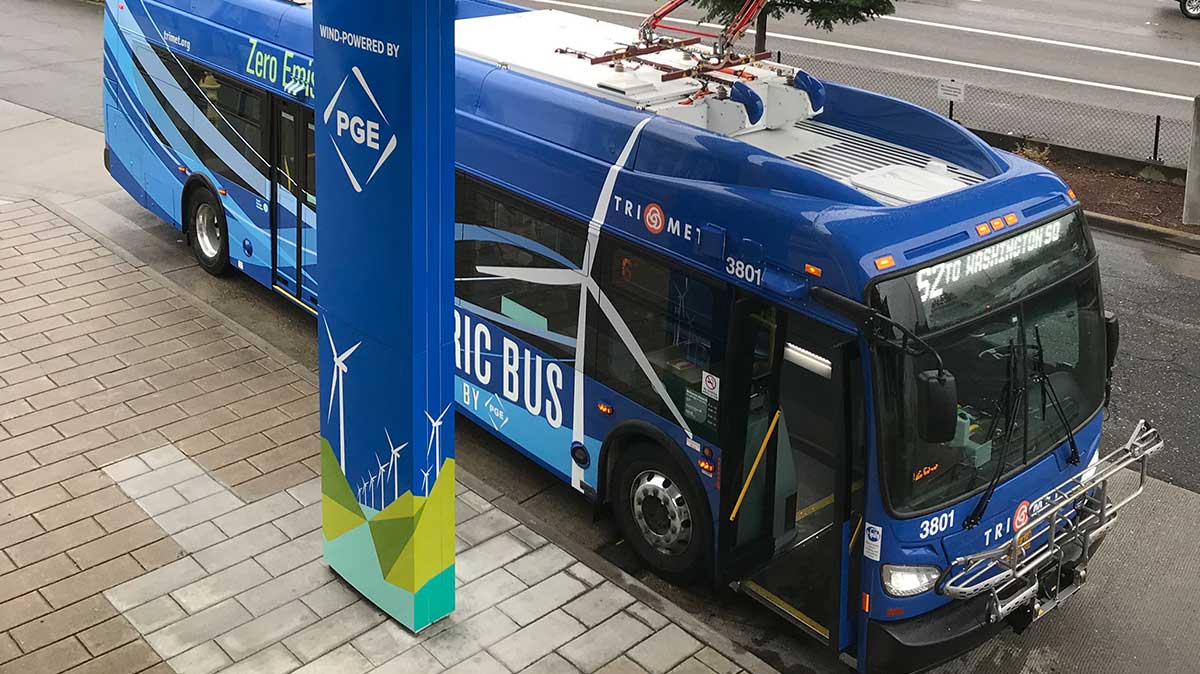
친환경 버스 차량으로 전환하기
모두를 위해 더 깨끗하고 조용한 승차감을 만들기 위해 당사는 다음과 같은 노력을 기울이고 있습니다.
대중 환승은 항상 환경에 좋은 영향을 미쳤습니다. 운전에 대한 대안을 제공하여 배기가스를 줄입니다. 표준 디젤 버스를 이용하더라도 미국에서 환승하면 이산화탄소 배출량이 6배 이상 절감됩니다.
우리 지역을 더 살기 좋은 곳으로 만들기 위한 노력의 일환으로, 우리는 디젤을 버리고 무공해 버스 차량을 늘리고 있습니다. 2022년부터 모든 고정 노선 버스와 WES 차량에 재생 가능한 디젤을 사용하고 있습니다. 이러한 변화를 통해 기존에 사용하던 디젤에 비해 배출량을 거의 70% 줄였습니다.
구형 버스를 폐차하고 새로운 무공해 버스를 구입하는 동안에도 재생 가능한 디젤을 계속 사용할 것입니다. 순조롭게 진행 중입니다: 2019년에 5대의 배터리 전기 버스로 시작하여 2021년에 5대를 추가했습니다. 2024년 초에 24대의 배터리 전기 버스를 대량으로 구매하기 시작했습니다.
배터리 전기 및 연료 전지 전기 버스
현재 여러 노선에서 운행 중인 배터리 전기 버스로 전환을 시작하고 있습니다. 배터리 전기 버스를 계속 구매하는 한편, 대형 배터리 뱅크에 전기를 저장하는 대신 수소를 사용해 기내에서 전기를 생산하는 연료전지 전기 버스의 잠재력을 탐구할 것입니다. 두 종류의 버스 모두 전기 모터를 사용하지만 연료전지 전기 버스는 배터리를 지속적으로 충전하기 때문에 주행 거리가 훨씬 더 깁니다. 우리 버스의 약 절반이 매일 150마일 이상을 주행하는데, 이는 현재 기술로는 배터리 전기 버스가 한 번 충전으로 제공할 수 있는 것보다 더 긴 주행 거리가 필요하기 때문에 좋은 일입니다.
연료전지 전기 버스는 수소를 연료로 사용합니다. 업계 동향을 고려할 때 향후 5~10년 내에 저렴한 수소가 널리 보급될 것으로 예상됩니다.
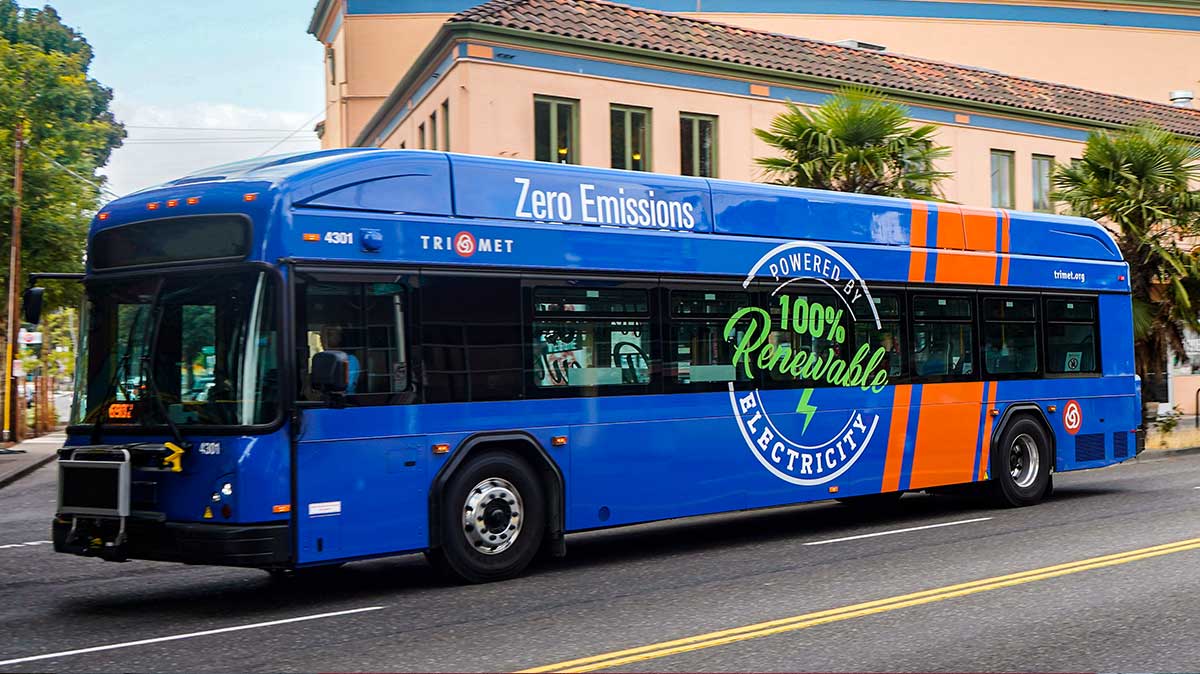 40피트 GILLIG 전기 버스
40피트 GILLIG 전기 버스
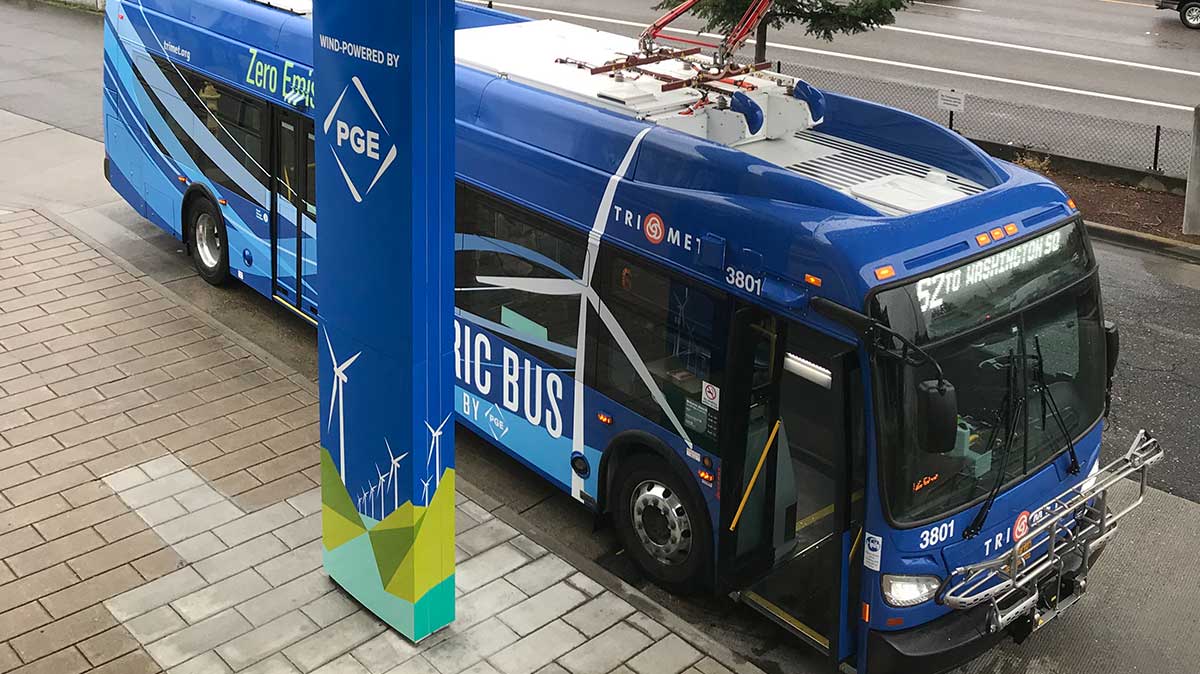 40피트 뉴 플라이어 전기 버스
40피트 뉴 플라이어 전기 버스
버스 시설
버스에 연료를 공급하는 방식을 바꾸려면 유지보수 시설에 새로운 인프라를 구축해야 합니다. 현재 세 곳의 시설에서 버스를 운영하고 있으며, 네 번째 시설을 추가하는 작업을 진행 중입니다. 기존 세 곳의 시설에서는 배터리 전기 버스를, 향후 신규 시설에서는 연료전지 전기 버스를 운영할 계획입니다.
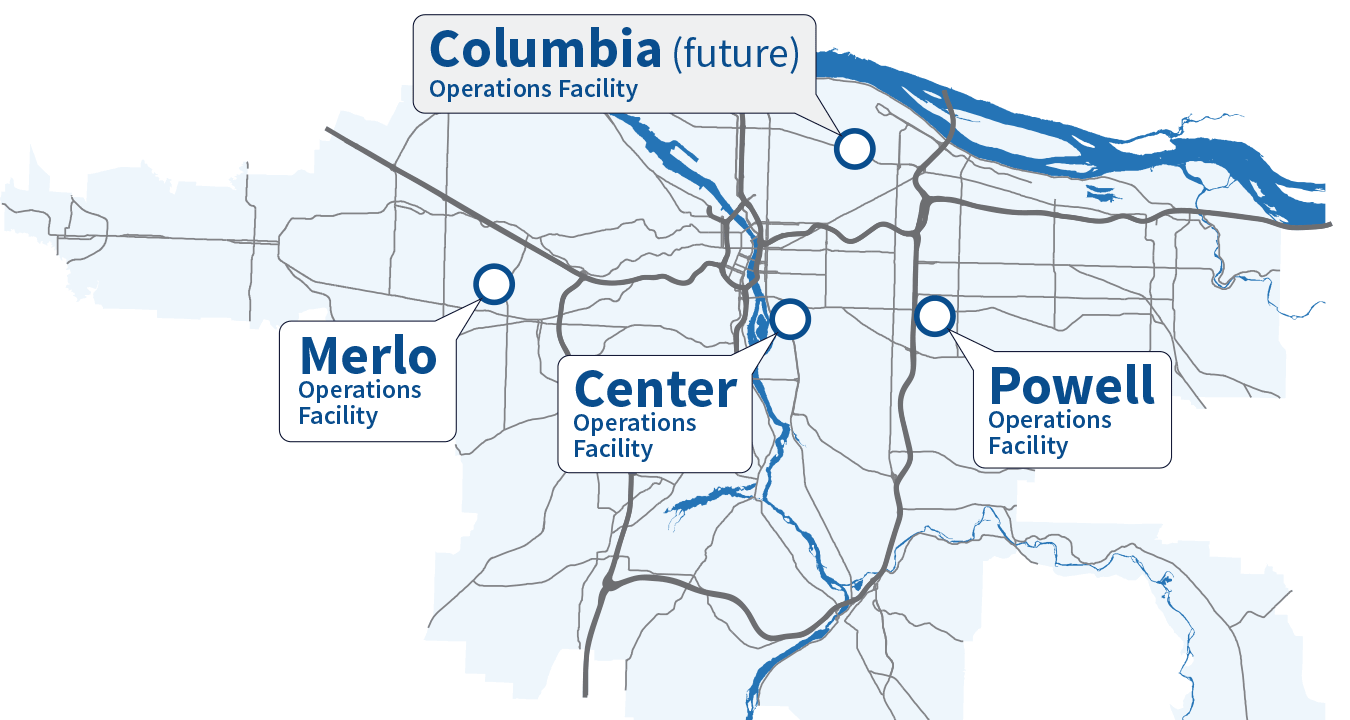
-
센터 운영 시설
- 1978년에 지어진 노후화된 시설, 리노베이션 필요
- 배터리 전기 버스 인프라 없음
-
파월 운영 시설
- 2023년 리노베이션 완료
- 일부 배터리 전기 버스 충전기 설치 완료, 추후 추가 예정
-
멀로 운영 시설
- 1980년에 지어진 노후화된 시설, 리노베이션 필요
- 일부 배터리 전기 버스 충전기 설치 완료, 추후 추가 예정
- 이곳에서 운행되는 배터리 전기 버스도 Beaverton Transit Center 에서 충전할 수 있으며, 추후 충전기가 추가될 예정입니다.
-
컬럼비아 운영 시설
- 연료전지 전기 버스를 위한 미래형 시설
- 임시 재생 디젤 인프라(리노베이션 중 다른 시설로 이동한 버스용)
버스 노선
모든 버스 노선에 무공해 버스가 운행될 수 있도록 노력하고 있습니다. 노선 길이와 충전 인프라는 시간이 지남에 따라 단계적으로 도입할 때 핵심 요소가 될 것입니다. 또한 무공해 버스를 이용하면 지역 대기질을 가장 효과적으로 개선할 수 있는 지역을 파악하는 동시에 취약 계층이 거주하고 일하며 주요 목적지에 접근하는 지역을 대상으로 하는 클린 코리도 플랜을 개발했습니다.
이 계획은 전 세계적인 관심사인 온실가스 외에도 디젤 미립자 물질, 질소산화물, 일산화탄소 등 지역 오염 물질도 분석합니다. 분석 결과, 현재의 디젤 엔진, 미립자 트랩, 재생 가능한 디젤을 사용하면 TriMet이 지역 오염에 거의 기여하지 않는 것으로 나타났습니다. 하지만 조금만 줄여도 도움이 될 수 있습니다.
이 계획은 오염 물질과 인구 통계에 대한 데이터를 결합하여 다음 노선의 무공해 버스가 취약 계층 근처의 대기 질을 개선하는 데 가장 큰 이점을 제공한다는 사실을 발견했습니다:
- 4-Fessenden
- 6-ML King Jr 빌딩
- 9-Powell
- 12-바버/샌디
- 17-Holgate/Broadway
- 20-Burnside/Stark
- 35-Macadam/Greeley
- 52-Farmington/185
- 57-TV 고속도로
- 71-60번
- 72-Killingsworth/82번
- 73-122번
- 77-Broadway/Halsey
탄소 배출 제로 달성
우리는 탄소 배출 제로에 도달하기 위한 긴 여정을 시작하고 있습니다. 이러한 전환을 위해서는 추가적인 기술 개선과 연방, 주 및 지역 파트너의 상당한 재정적 지원이 필요합니다. 더 깨끗하고 기후 친화적인 미래를 위해 노력하는 과정에서 계속 소식을 전해드리겠습니다.

